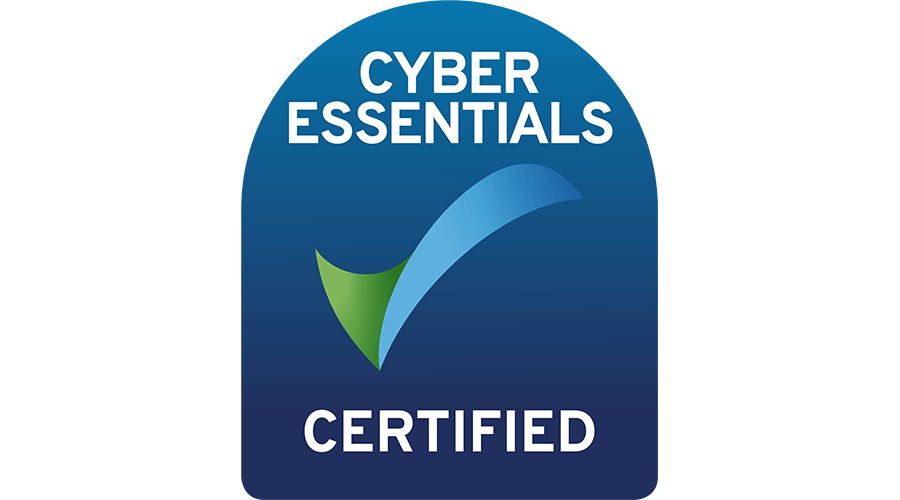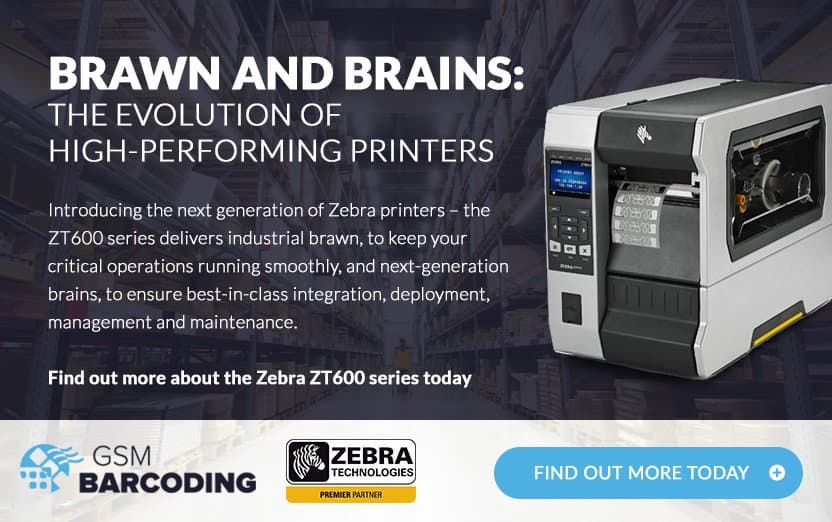Barcodes are an exceptionally successful tool for many different areas of modern business. These essential items have helped every business develop its inventory, supply chain, and asset management into far more productive processes with higher accuracy, but they were not always as effective as they are today. Read on to learn how digital barcoding data continues to improve the world.
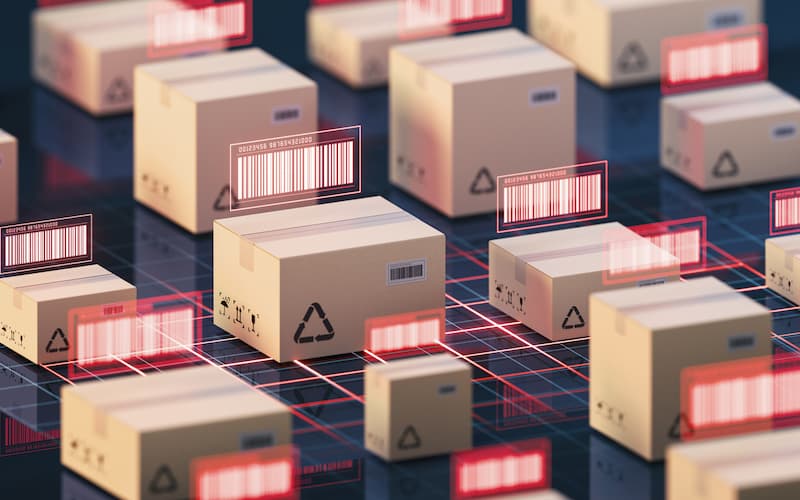
Different Types of Barcodes
There are two commonly used barcode label designs, 1D and 2D. 1D (one-dimensional) barcode designs have seven vertical modules of individual bars and spaces for each component. These groups are only interpreted as one digit by the computer. The number one, for instance, is 0011001 (or a sequence of spaces and bars). Therefore, each barcode has 95 evenly spaced columns containing detailed data, although you might not notice them.
2D (two-dimensional) barcodes can have far more data encoded in time. There are several types of 2D barcodes, including QR and Data Matrix codes. QR codes are perhaps the most well-known type of 2D barcode and are often used in print marketing and advertising. They can store website links, contact information, or other data types within physically printed labels.
Data Matrix codes, however, are often used in industrial applications and can store product information, inventory data, and other information relevant to supply chain and logistics operations. To read a 2D barcode, a specialised barcode scanner or mobile computer with a built-in camera is typically used. When the scanner or camera is pointed at the barcode, it captures an image of the barcode and uses software to decode the information it contains.
The key to digital barcodes is their wireless connection to your database containing relevant information. Data about any labelled object can be added or augmented on this database with a simple scan from the right hardware. This immediate updating of data enables managers to know exactly the status of their facilities without the potential errors of handwritten reports.
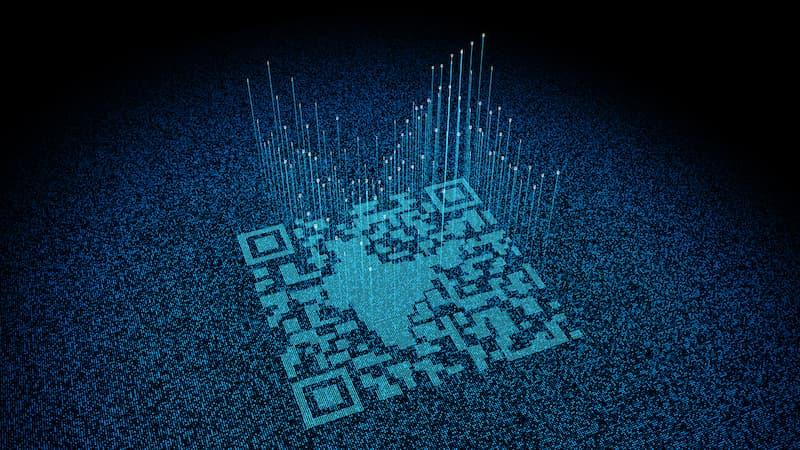
When Did Barcodes Go Digital?
Barcode label design technology is constantly growing and improving and developing new ways for labels to store data, but most people are surprised to discover that barcodes have been a digital system for decades. Before the 1970s, barcode labels were an unreliable inventory labelling used mostly for tracking freight along supply chains.
This all changed with the invention of the UPC (universal product code) by George Laurer at IBM, turning barcodes into the designs we recognise today. From that point, barcodes were designed within a standardised digital methodology to encode data within the design that can be easily read with a mobile barcode scanner later.
It is almost impossible to find an area of our lives that doesn’t use digitally encoded barcodes. Whether it is public services or business operations, reading complex data instantly through a barcode is invaluable to our way of doing business.
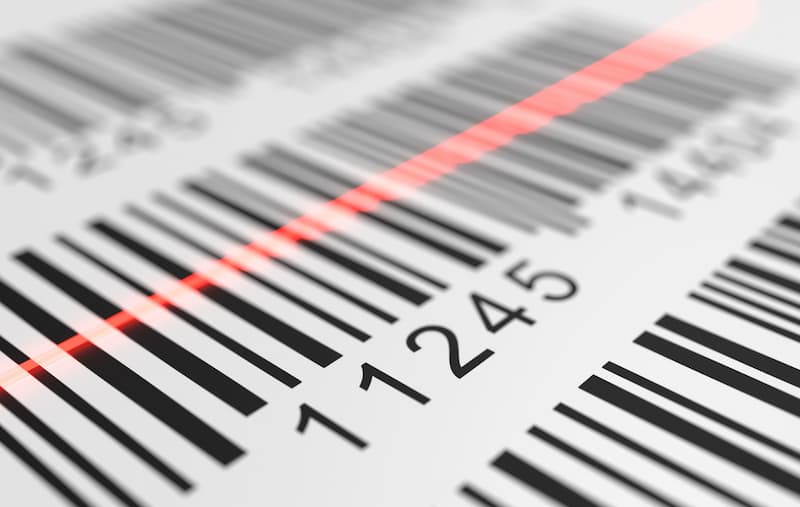
Barcode Digital Twins
Barcode labels are constantly optimised for efficiency, and within the last decade, the concept of a digital twin has immensely assisted in barcode label design. With more areas of industry exploring new digital advancements, such as smart factories and industry 4.0, barcode labelling technology has also had to become increasingly digitised. The concept of digital twins originated for machine and product design but is now being adopted by label design with beneficial results.
Digital twins for barcodes is a development tool to help test designs for physical labels before printing. CAD (computer-aided design) software creates a highly accurate representation of the proposed physical label. This allows manufacturers to check the performance of this label design so it can be relied upon when put into use. It is also a helpful tool for keeping track of the created labels when in use.
Using digital tools to model, simulate, and analyse the behaviour of physical barcodes, digital barcode twins offer a means of optimising and improving their performance. As a result, labels created this way will increase productivity, accuracy, and efficiency across a wide range of industries by assisting in identifying potential issues before committing the design to the barcode printer.
The immediate success of digital twins is already apparent, thanks to the beneficial effect they have had on barcode label design for international supply chain logistics. We can expect to see this tool develop further over the coming years.
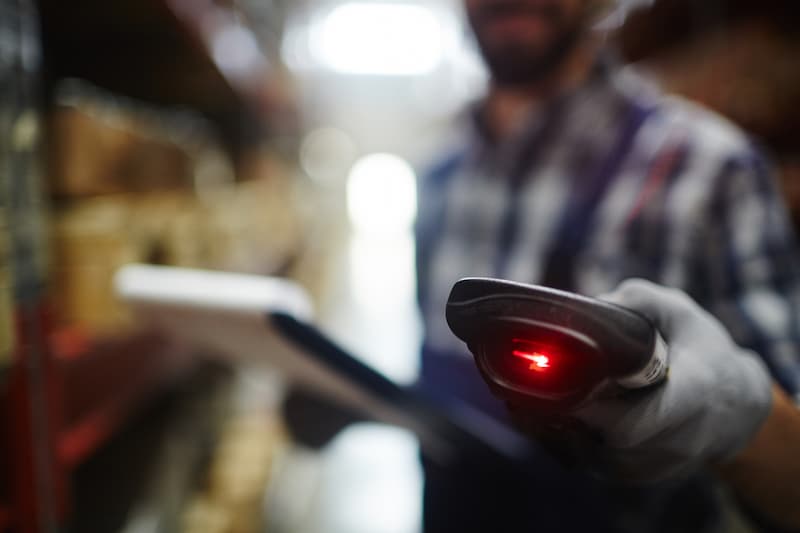
RFID Barcode Labels and Intelligent Edge Solutions
RFID barcode labels are a type of barcode that communicates with an RFID reader. In contrast to conventional barcodes, RFID labels can be read from a distance, even through walls or other barriers, which must be visible to a barcode scanner or mobile computer. As a result, RFID labels are a popular solution for stock control and asset-tracking applications efficiently.
Intelligent Edge Solutions refers to a collection of technologies and tools that allow data processing and analytics to be carried out locally rather than in a centralised data centre at the edge of a network or device. Even in environments with limited connectivity or bandwidth, intelligent edge solutions can provide real-time insights and facilitate faster decision-making by processing data locally.
RFID barcode labels and intelligent edge solutions help businesses create supply chains that are more responsive and efficient, as well as increase inventory visibility and accuracy. An RFID-enabled warehouse might, for instance, make use of intelligent edge solutions to analyse and improve the supply chain logistics relevant to their facility and pinpoint potential issues needing improvement.
Digital Barcode Label Supplier
At GSM Barcoding, we are proud members of the GSM group, the most prominent nameplate and label company in Europe. We specialise in supporting businesses by providing practical solutions for their barcoding needs, such as label design software and wireless site surveys to ensure your business runs at peak efficiency. Contact us to discover which digital barcode solutions will help your business.















